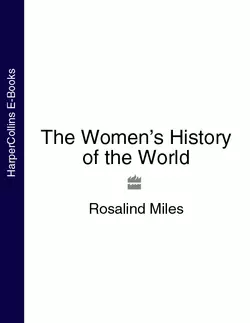The Women’s History of the World

Розалин Майлз
Тип: электронная книга
Жанр: Социология
Язык: на английском языке
Стоимость: 503.29 ₽
Статус: В продаже
Издательство: HarperCollins
Дата публикации: 16.04.2024
Отзывы: Пока нет Добавить отзыв
О книге: Now available as an ebook.Men dominate history because they write it. This book offers a reappraisal which aims to re-establish women′s importance at the centre of the worldwide history of revolution, empire, war and peace. As well as looking at the influence of ordinary women, it looks at those who have shaped history.